Overview
In daily life, metal materials have various surfaces. Among them, you must have seen a shiny surface like a mirror. This surface has nothing to do with the metal category itself. In fact, it is most likely obtained through the polishing process.
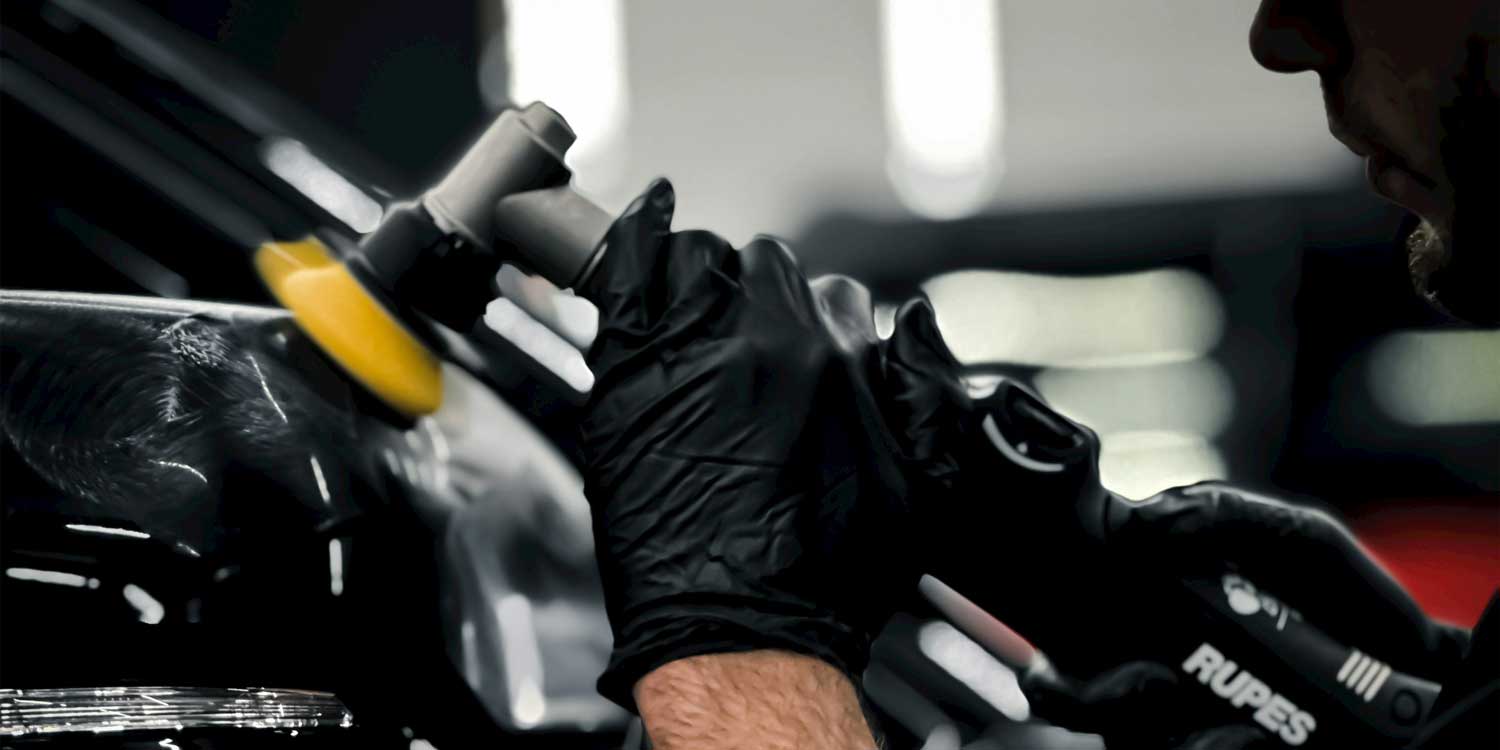
In this article, we will introduce the polishing process in detail. Includes definition of polish, types of polish, and products suitable for polishing. We believe that by reading it, you can understand this process more clearly.
What is Polishing?
Polishing refers to reducing the surface roughness of the material in a specific method, so that the surface of the material is flat and showing a bright visual effect. The figure below is a typical polishing surface:
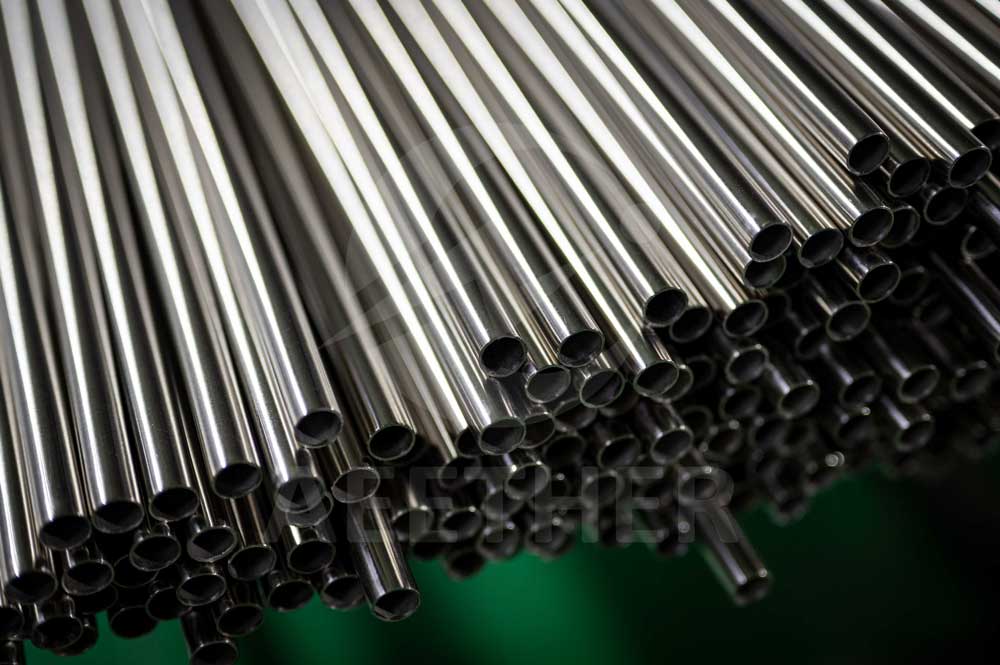
It should be noted that polishing may affect the size of the material slightly. However, it is not for this purpose. The only purpose of polishing is that the material has a more fine surface.
According to different polishing methods, polishing can be divided into mechanical polishing, chemical polishing and electrolytic polishing. Below, we introduce different polishing methods in detail.
Different Polishing Methods
Mechanical Polishing
Mechanical polishing refers to the process of polishing the surface of the metal in a physical way, making the tiny protrusions on the metal surface smooth. The polished material can be sand wheels, sandpaper, etc. Mechanical polishing is the most common polishing process. The figure below shows the principle of mechanical polishing:
Depending on the degree of fineness, mechanical polishing is divided into rough polishing and fine polishing. Rough polishing is often used for some products with low surface accuracy requirements. This polishing method uses a larger polishing material, and the surface after polishing is even more dim. The fine polishing uses thinner materials, and the surface after polishing is brighter.
According to different polishing methods, mechanical polishing can also be divided into manual polishing and machine polishing. The cost of manual polishing is low, but the uniformity of polishing is poor. Machine polishing requires special equipment, and the uniformity of polishing is very good.
Chemical Polishing
The principle of chemical polishing is to dissolve the tiny protrusions of the metal surface with corrosive liquid, so as to make the surface smooth. The figure below is the principle of chemical polishing.
Although corrosive liquids will dissolve the entire surface, the raised portions have a greater surface area in contact with the liquid, so the dissolving rate of these parts is higher.
Chemical polishing is suitable for complicated parts that cannot be processed by mechanical polishing. In addition, chemical polishing has no effect on the mechanical properties of the material surface.
Electrolytic Polishing
Electrolytic polishing is a relatively new way of polishing. Strictly speaking, it also belongs to chemical polishing.
The difference is that during electropolishing, electricity needs to be applied to the material. Generally speaking, metals will be used as anode and electrolyte as cathode. Electrically energized metal surface protrusions will dissolve faster than regular chemical polishing. Therefore, the surface accuracy of electrolyte polishing is higher.
The figure below shows the principle of electrolytic polishing:
Electrolytic polishing is generally suitable for products with high surface fineness, mechanical properties, and high size requirements.
Which Products Need to be Polished?
Bars
Round bar (rod), flat bar, square bar and other products can be mechanically polished. Generally speaking, the bars have a black surface after heat treatment. At this point, they need to obtain fine surfaces by polishing.
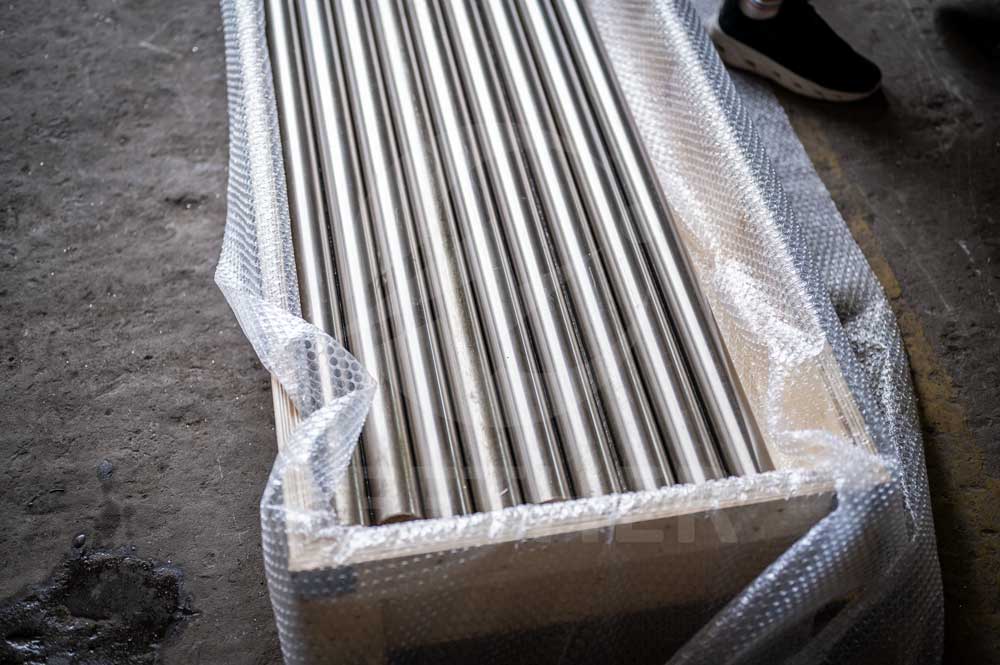
However, for some round bars with higher size accuracy requirements, grinding will replace polishing to achieve better surfaces.
For flat bar, square bar and hexagon bar, they generally obtain the hairline finish by polishing.
Pipes
Pipes are divided into seamless pipes and welded pipes. Generally speaking, welded pipes usually adopt polishing surfaces. The seamless pipes usually adopt pickled surfaces.
However, seamless tubes can also achieve bright surfaces through polishing, depending on the specific needs of customers.
In addition, the inner and outer wall can be polished at the same time. Such pipes often called sanitary pipes.
For high-required capillary tubes, the electrolytic polishing process is often used. There are some high-demanding applications that require electrolytic polished capillary tubes to be packaged in the dust-free room, so that they can protect the surface of the pipe as much as possible.
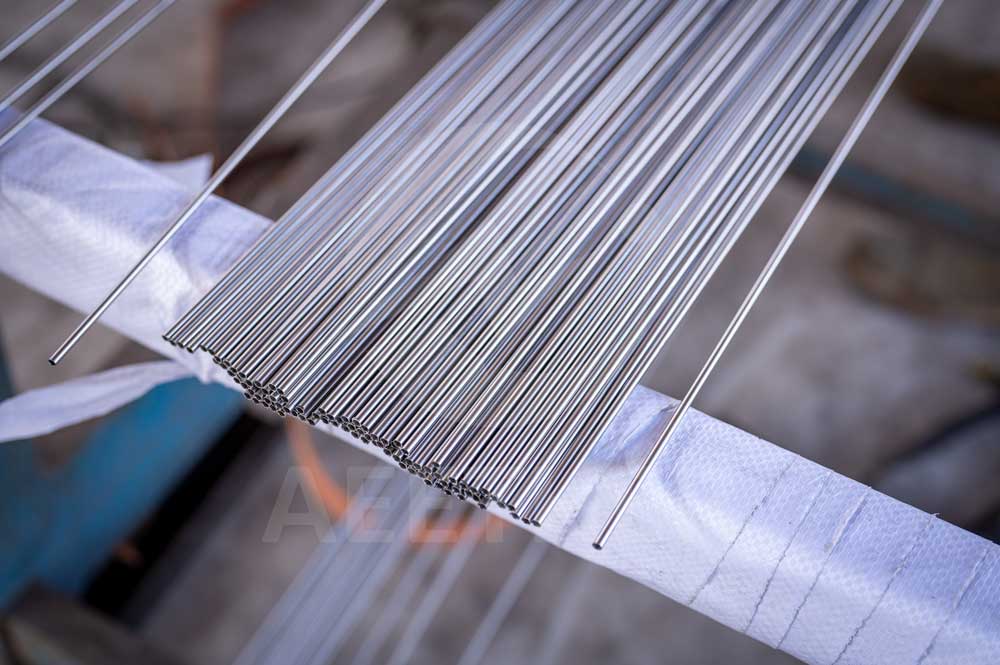
Sheets
Most sheets are relatively rough surfaces. However, a small number of sheets with special requirements will use polishing processes. For example: stainless steel sheets in the elevator often use the mirror surface or hairline surface.
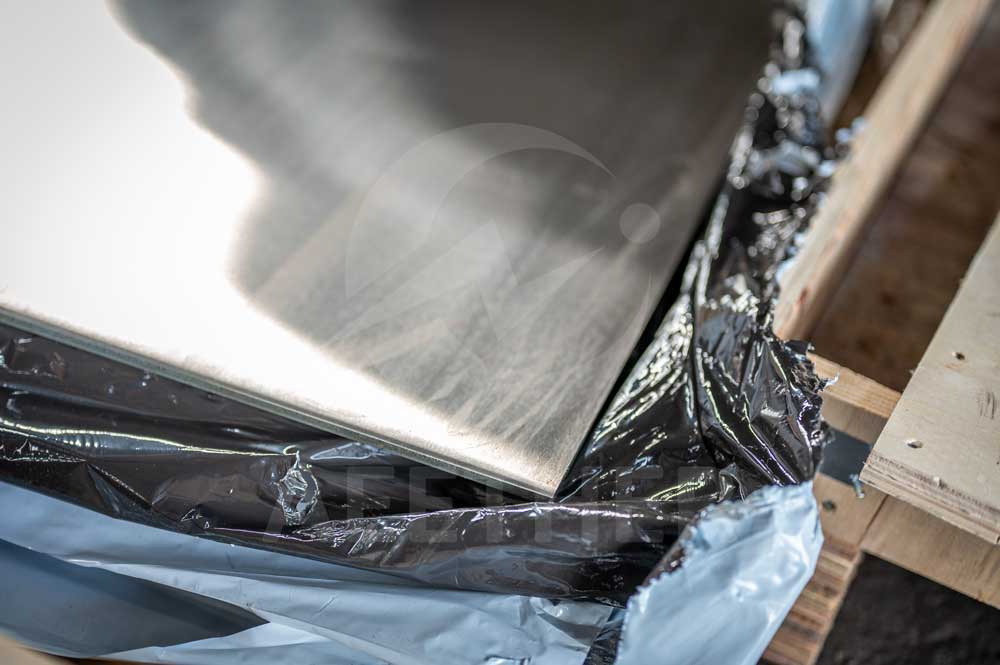
Fittings
Fittings are generally divided into industrial fittings and sanitary fittings. Industrial fittings often have pickled or sandblasted surface. The sanitary fittings often have the internal and external polished surface.
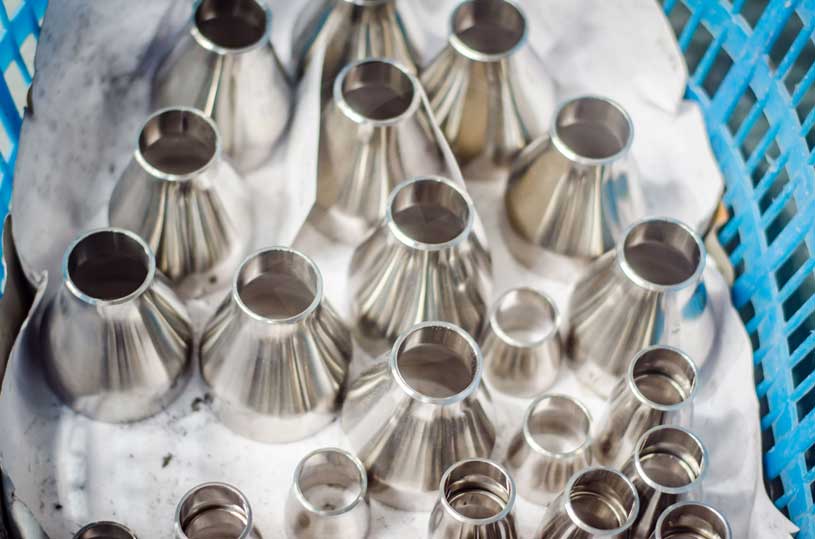
Precautions for Polishing
Metal Hardness
When mechanically polishing, the hardness of the metal should be evaluated in advance, and then the appropriate polishing material is selected according to the hardness of the metal. The hardness of polishing materials should be higher than the hardness of the metal, otherwise the effect of polishing will not be guaranteed.
Straightness
For round bars or pipes, the straightness of metal products should be guaranteed before mechanical polishing. These products rotate at high speed when polishing. If the straightness of the product cannot be guaranteed, the metal will shake violently when rotating, which makes the effect of polishing cannot be guaranteed.
Different Surface Roughness
Before polishing, you should confirm the surface roughness of the finished product and take different polishing materials according to different surface roughness. The table below sort out different surface roughness:
| Surface Roughness Conversion Chart | |||||||
|---|---|---|---|---|---|---|---|
| Ra (micrometers) |
Ra (microinches) |
RMS | CLA (N) |
Rt | N | Cut-off Length | |
| inch | mm | ||||||
| 0.025 | 1 | 1.1 | 1 | 0.3 | 1 | 0.003 | 0.08 |
| 0.05 | 2 | 2.2 | 2 | 0.5 | 2 | 0.01 | 0.25 |
| 0.1 | 4 | 4.4 | 4 | 0.8 | 3 | 0.01 | 0.25 |
| 0.2 | 8 | 8.8 | 8 | 1.2 | 4 | 0.01 | 0.25 |
| 0.4 | 16 | 17.6 | 16 | 2 | 5 | 0.01 | 0.25 |
| 0.8 | 32 | 32.5 | 32 | 4 | 6 | 0.03 | 0.8 |
| 1.6 | 63 | 64.3 | 63 | 8 | 7 | 0.03 | 0.8 |
| 3.2 | 125 | 137.5 | 125 | 13 | 8 | 0.1 | 2.5 |
| 6.3 | 250 | 275 | 250 | 25 | 9 | 0.1 | 2.5 |
| 12.5 | 500 | 550 | 500 | 50 | 10 | 0.1 | 2.5 |
| 25 | 1000 | 1100 | 1000 | 100 | 11 | 0.3 | 8.0 |
| 50 | 2000 | 2200 | 2000 | 200 | 12 | 0.3 | 8.0 |
| Ra = Roughness Average in micrometers or microinches RMS = Root Mean Square in microinches CLA = Center Line Average in microinches Rt = Roughness Total in microns N = New ISO (grade) scale numbers Cut-off Length = Length required for sample |
|||||||
FAQ
Which finish is better, polishing or pickling?
Both polishing and pickling have their own advantages. Pickled surfaces are rougher, but they are more resistant to corrosion and are suitable for industrial applications in a variety of extreme environments. Polished surfaces have a higher finish, are easier to clean and are more resistant to oil and grease. These surfaces are more suitable for decorative or high cleanliness applications such as food and medical. Therefore, the decision of which surface to use should be based on the actual application.
How to inspect polished surface?
The best way to inspect polished surfaces is by visual inspection. Polished surfaces are very smooth and clean, so if there are imperfections on the surface, they can be clearly seen by the human eye.
However, for surfaces that require a higher degree of roughness, methods such as microscopic inspection or optical analysis can be used.
What is the difference between polishing and grinding?
Polished and ground surfaces are very similar. The difference is that ground surfaces are finer than most polished surfaces. Also, as mentioned in the article, the polishing process itself is not aimed at controlling dimensions. Instead, the main purpose of grinding is to get more precise dimensions out of the material.
Further Reading



Conclusion
Polishing is a process that utilizes mechanical, chemical or electrochemical means to reduce the roughness of a metal surface. Polished surfaces often have a bright visual appearance. Polished surfaces are often used in applications that require a high degree of cleanliness. Materials such as tubes, bars, plates, etc. can be subjected to the surface treatment process of polishing. Before polishing, the hardness and straightness of the metal to be polished as well as the roughness after polishing should be determined beforehand.
We produce nickel alloy / superalloy materials with various polished surfaces. Please contact us for any requirements.

